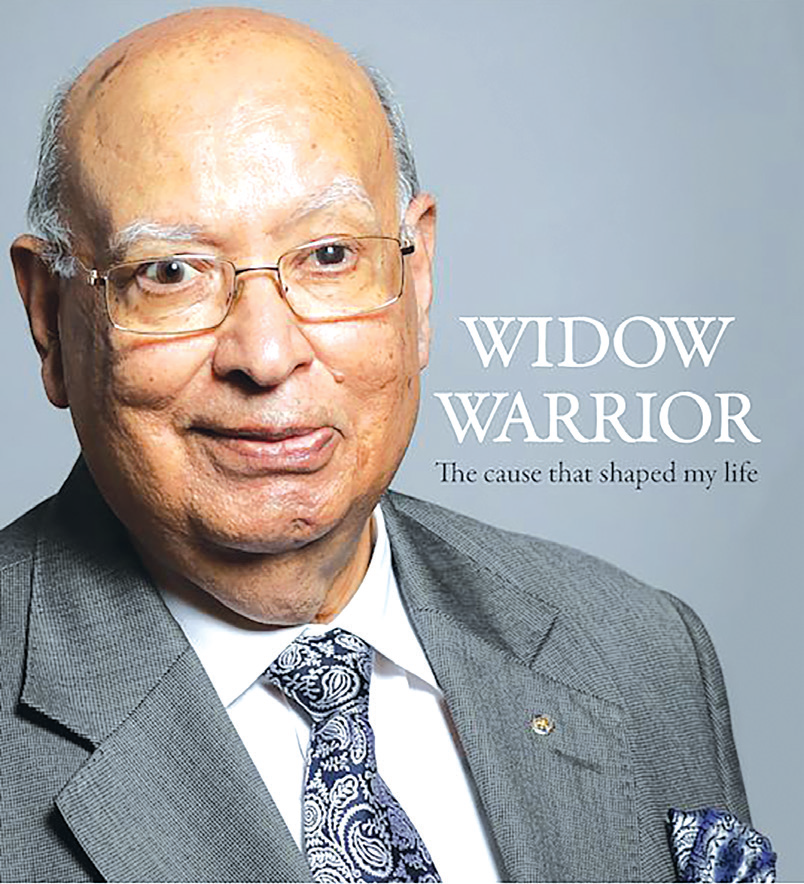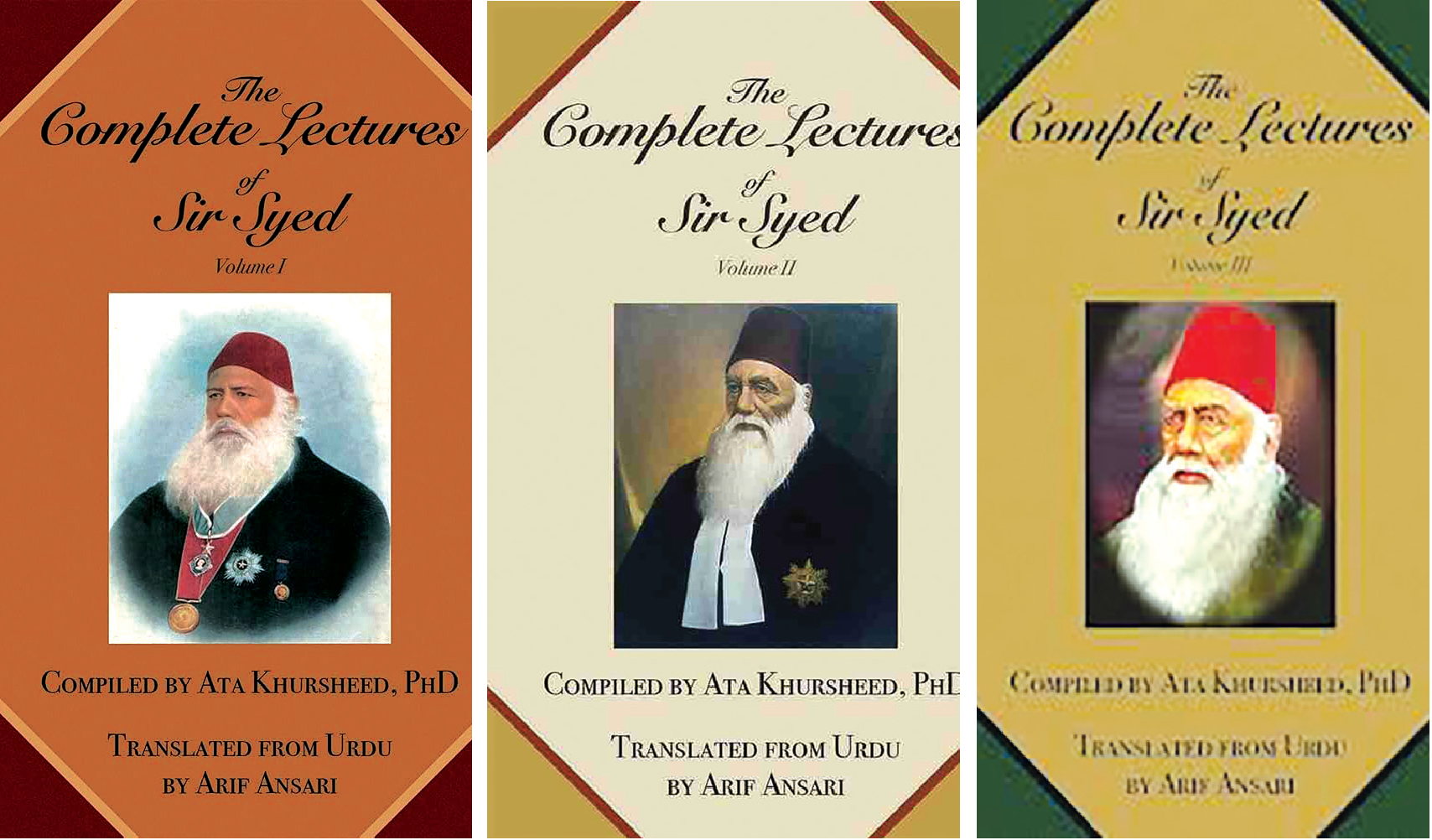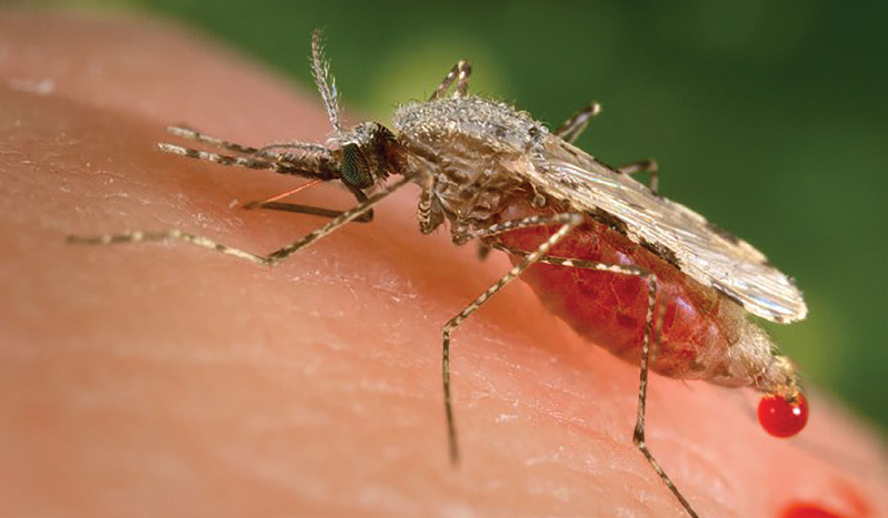
A philanthropist writes on an effort to educate, empower widows
An excerpt from ‘Widow Warrior: The Cause That Shaped My Life’, by Raj Loomba.
In India, there are some 46 million widows – that’s almost one in ten of the female population of marital age. Of those, more than 15 million live in abject poverty. Traditionally, widows – even child widows – were not allowed to remarry. When a husband dies, if there is any inheritance it is often taken by his family. Prejudice about single women makes it hard for them to find any form of employment. As a consequence, their children are unable to continue their education and instead are put to work at a very young age to help support the family. The curse of widowhood thus sets in train a cycle of deprivation, with consequences that blight communities and last for many decades. We saw that if we could fund the education of the children of poor widows, this would not only transform the conditions of that family but also open up a better future for all its members. Thus, the first of our aid programmes began at that inauguration ceremony in Delhi, where we simultaneously launched our first scheme to support the education of one hundred children in the state of Delhi – 49 girls and 51 boys who we had already selected. We had taken the first significant step towards our target.
It was crucial not to introduce any inequality or discrimination in a programme intended to achieve the opposite, so we made certain the children were selected not on the basis of religion, social group, ethnicity or gender but purely on the basis of need. To help us achieve our objective of selecting widows and children at the beginning, when we had no local infrastructure, Dr. Singhvi invited the head of the NCC, who knew the circumstances of children in local communities. He helped select the first hundred students for our Delhi project. After that we began to build up the charity and started finding the children ourselves and with local partners in different states. I am proud to say that we have always s u p p o r t e d c h i l d r e n from all backgrounds. Soon, we began meeting the mothers, who were mostly tearful. At one function we had 400 or 500 widows and 500 children, and everyone eventually started crying, they were so thankful. The way we developed the programme from that initial scheme was partly methodical – scheduling the roll-out of schemes in all states – and partly in response to events. Conflict, natural disasters and extreme weather events – as we have seen time and again over the decades – have a disproportionate impact on the poorest of the poor who have no safety net. Their homes and livelihoods could be taken away in an instant. In the case of widows and their children, the situation is further aggravated if they are shunned by the community and prevented from supporting themselves. And when such calamities occur, the death toll creates new widows – often in large numbers. On October 29, 1999, the strongest cyclone ever recorded in the north Indian Ocean made landfall in the state of Odisha, killing 10,000 people – 8,000 of them in the town of Jagatsinghpur. As the impact of the devastation became clear, we began identifying widows with dependants in the state. On January 1, 2001, we launched our scheme for a hundred children in Bhubaneswar. Just a few weeks later, on January 26 Bhuj in Gujarat was struck by a deadly earthquake. It destroyed 400,000 homes, injured 167,000 people and killed 20,000. Our response times were beginning to speed up.
The Loomba Foundation’s Gujarat scheme, for fifty children from Bhuj and fifty from Ahmedabad and surrounding areas, was launched on November 5, 2001. In the years that followed, our schemes continued to roll out across India – in Rajasthan and Punjab in 2002, with Andhra Pradesh, Haryana, Uttarakhand and Arunachal Pradesh in the northeast in 2003. By 2005 our programme had got up to speed. Schemes were launched in Chhattisgarh, Jammu and Kashmir, West Bengal and Maharashtra – bringing the total number of Loomba scholars by 2006 to more than 3,600, a significant improvement on our initial target of 2,900 by 2008. All children benefitting from the programme complete their schooling and are able to start their careers on solid foundations. Some have gone on to higher education with our support.
 English daily published in Bengaluru & Doha
English daily published in Bengaluru & Doha





